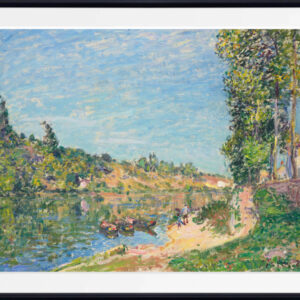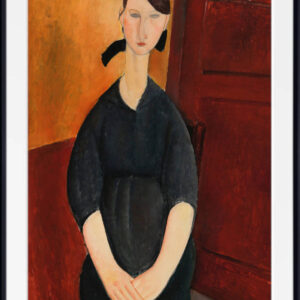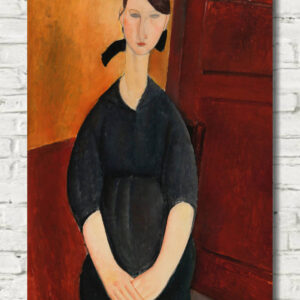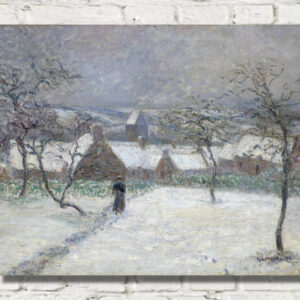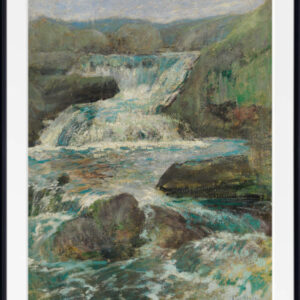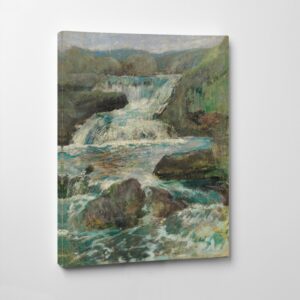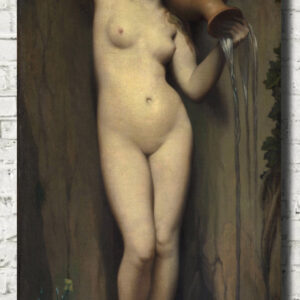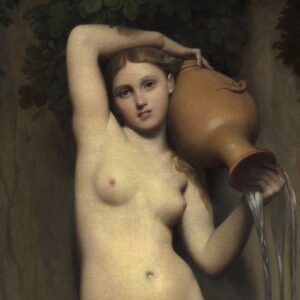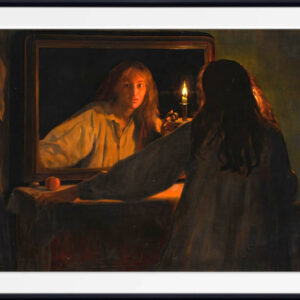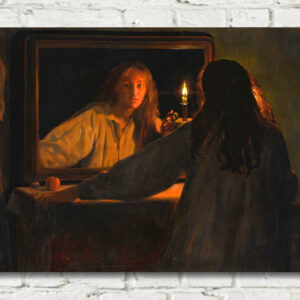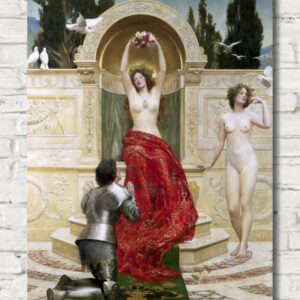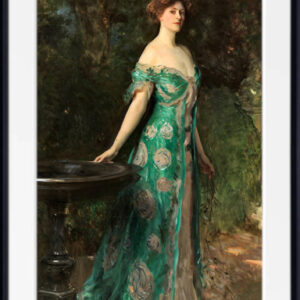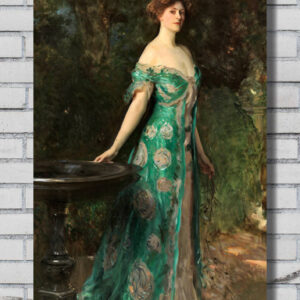Christ Salvator Mundi (1618), Peter Paul Rubens
Christ Salvator Mundi (1618): A Triumph of Art and Spirituality
Peter Paul Rubens, a master of the Flemish Baroque period, left an indelible mark on art with his painting “Christ Salvator Mundi,” created circa 1618. Also known as “Christ Triumphant over Sin and Death,” this masterpiece is housed in the Musée des Beaux-Arts of Strasbourg, France.
The painting unfolds with Rubens’ distinctive style, capturing the essence of Christ’s victory over sin and death. The rich, oil-on-panel composition showcases meticulous attention to detail, characteristic of Rubens’ Baroque aesthetic. The depiction of Christ exudes authority and grace, embodying the triumphant spirit of the subject matter.
In this work, Rubens seamlessly blends artistic prowess with religious symbolism. The triumphant Christ stands as a testament to Rubens’ ability to convey complex theological themes through visual art. The interplay of light and shadow, the nuanced expressions, and the detailed rendering of Christ’s features all contribute to the profound impact of the painting.
Rubens’ “Christ Salvator Mundi” stands as a timeless testament to the artist’s mastery and his exploration of spirituality through art. The dynamic composition and intricate details invite viewers to delve into the deeper layers of religious symbolism while appreciating the technical brilliance of a Baroque master. As one gazes upon this masterpiece, it becomes a journey through both artistic excellence and spiritual reflection, capturing the essence of Rubens’ enduring legacy in the world of fine art.
All prints are made using archival art stocks and UV pigment inks to give up to 200 years life. Prints are sold unframed and unmounted.








